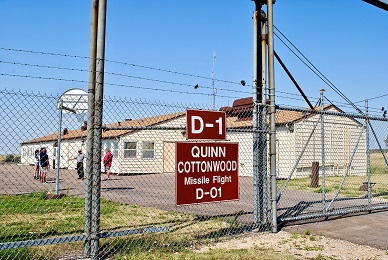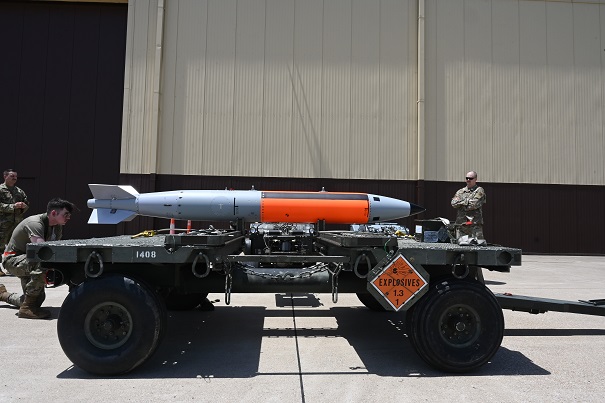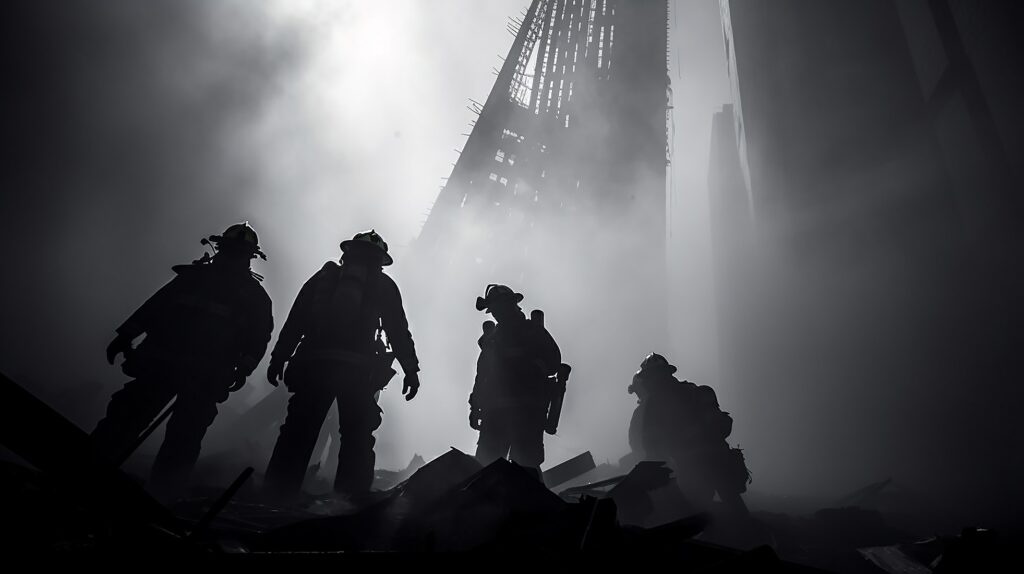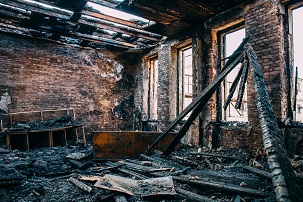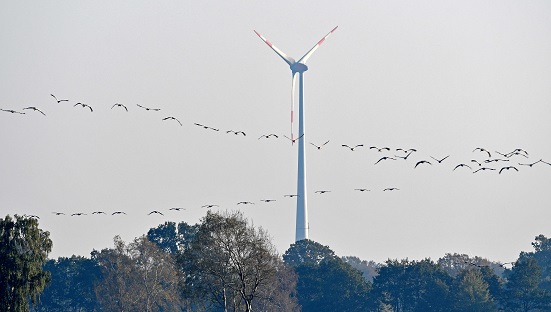
A few thoughts about the next post, “The Gift of Peace.”

The poem is a tribute to the U.S. Air Force officers and enlisted crew in the field on Christmas day 2023. Many launch crews, security staff, maintainers, facility managers, and cooks were on duty December 25.
Actually those teams are on duty 24 hours a day, 365 days a year. Currently, each team is in the field for a week at a time.
This has been ongoing at Minuteman bases since the early 1960s. Teams have been in the field continuously for 60 years defending the United States.
You may think it odd to see a post thanking members of USAF that have kept nuclear tipped ICBMs on alert around the clock for half a century showing up a couple days after I have four posts celebrating the birth of the Christ child.
There is no contradiction at all between celebrating Christ’s arrival in the world to then be killed in order to pay the penalty for sin at the same time as I celebrate those who stand alert with nuclear weapons to defend my homeland and the Western world.
A moments explanation of doctrine will show why there is no contradiction.
Left kingdom and right kingdom
Continue reading “A few thoughts on the poem “The Gift of Peace.””